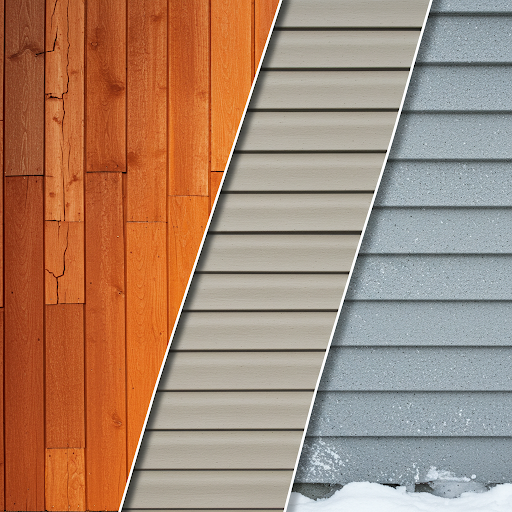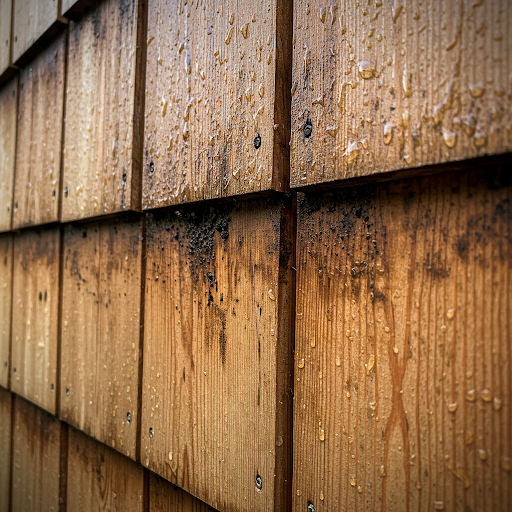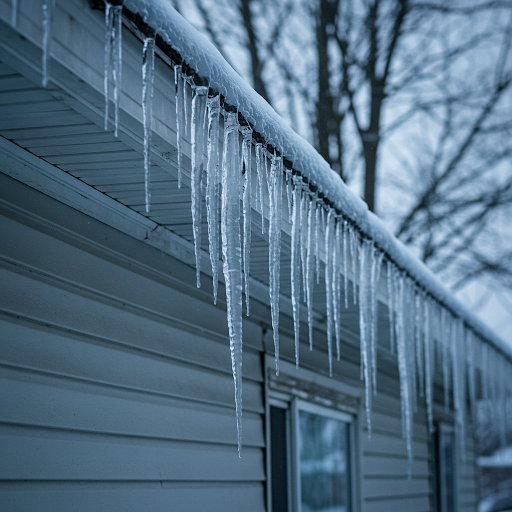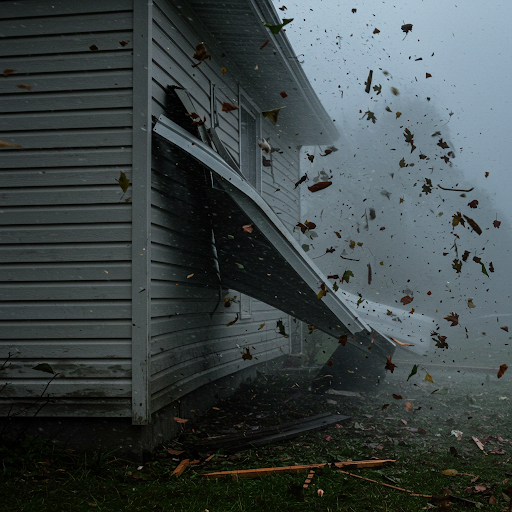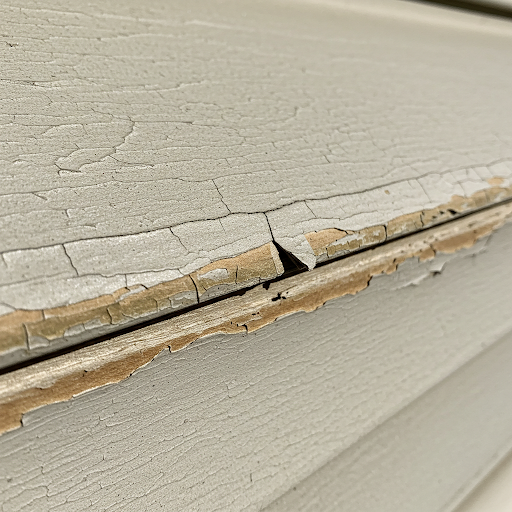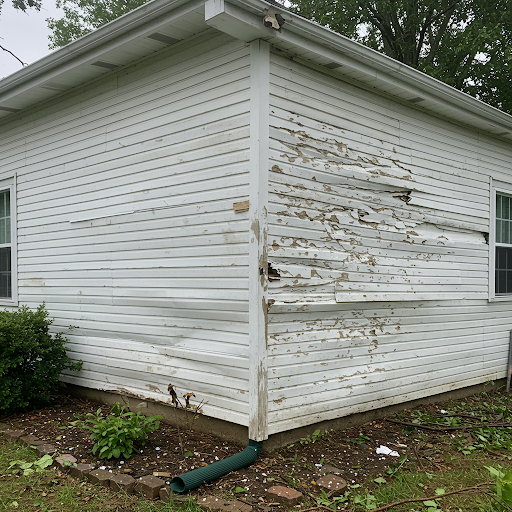When the spring thaw hits Chicago, so does the urge to freshen up your home’s exterior. One of the quickest ways to boost curb appeal is by power washing your siding—but done wrong, it can cause serious (and expensive) damage.
Whether you live in the North Shore, Northwest Suburbs, or right in the city, here’s how to safely power wash your siding and keep your Chicago home looking its best.
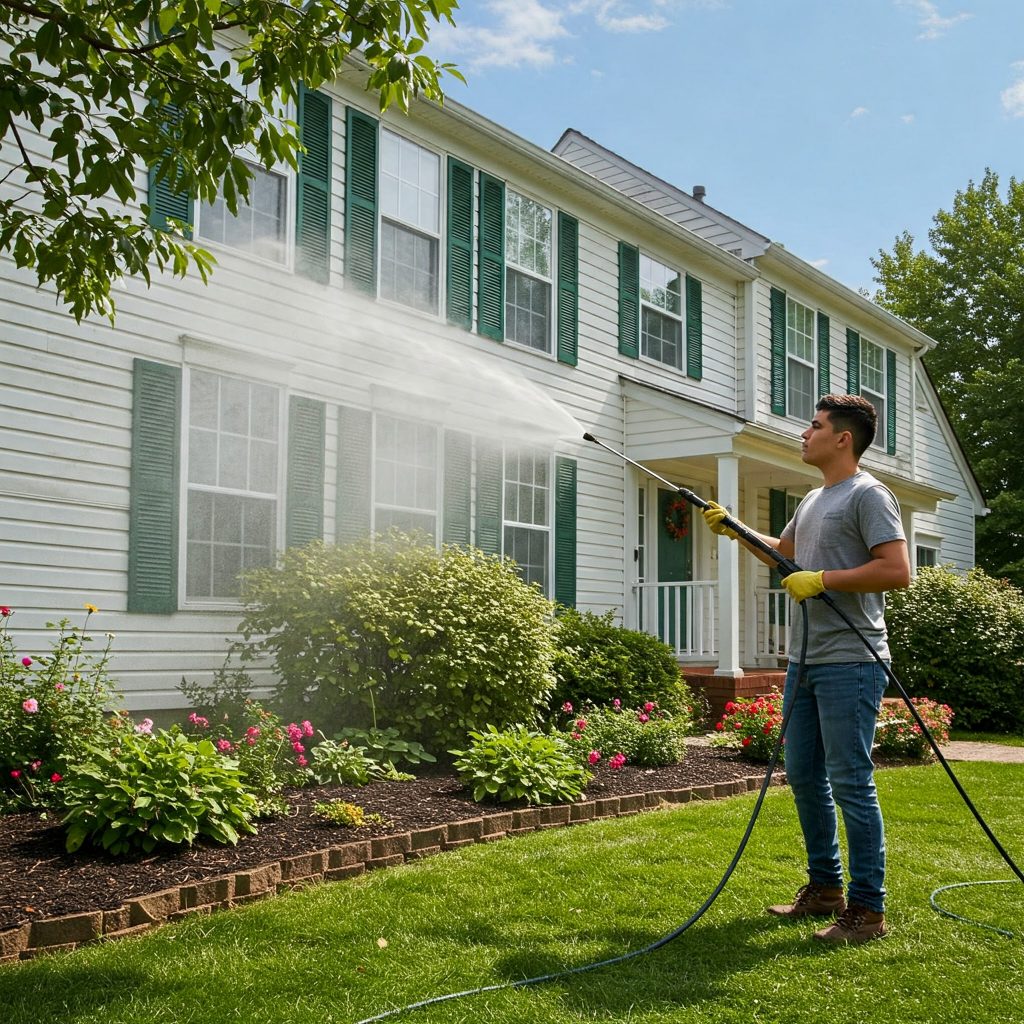
✅ Do’s of Power Washing Your Siding
- Check your siding type first.
Vinyl siding can usually handle pressure washing, but wood, fiber cement, or aluminum require a gentler touch. If you’re unsure, consult your siding installer or a local pro. - Use the right PSI.
For most siding types, keep pressure between 1,300 and 1,600 PSI. Going higher can crack or strip paint and push water behind the siding. - Spray at a downward angle.
This helps prevent water from getting behind the panels and causing hidden moisture damage. - Start with a mild cleaning solution.
Use a siding-safe detergent to loosen grime, mold, or algae before blasting away with water. - Work in sections.
Start at the bottom and work your way up, then rinse from the top down for streak-free results.
❌ Don’ts of Power Washing Siding
- Don’t use high pressure on older or cracked siding.
It can worsen damage or force water into places it shouldn’t be. - Don’t aim directly at seams, vents, or light fixtures.
These are vulnerable spots where water can sneak behind and cause long-term issues. - Don’t skip the rinse.
Leftover detergent can attract dirt and leave streaks. - Don’t ignore safety.
Power washers are serious tools—use eye protection and never spray while on a ladder.
Recommended Tools for DIY Power Washing
- Electric Pressure Washer (1,500–2,000 PSI) – Quiet and ideal for residential siding.
- Siding Cleaning Attachment or Wide Nozzle Tip – Reduces pressure and spreads water evenly.
- Cleaning Solution for Siding – Choose biodegradable, siding-safe products.
- Extension Wand – For reaching second stories safely from the ground.
